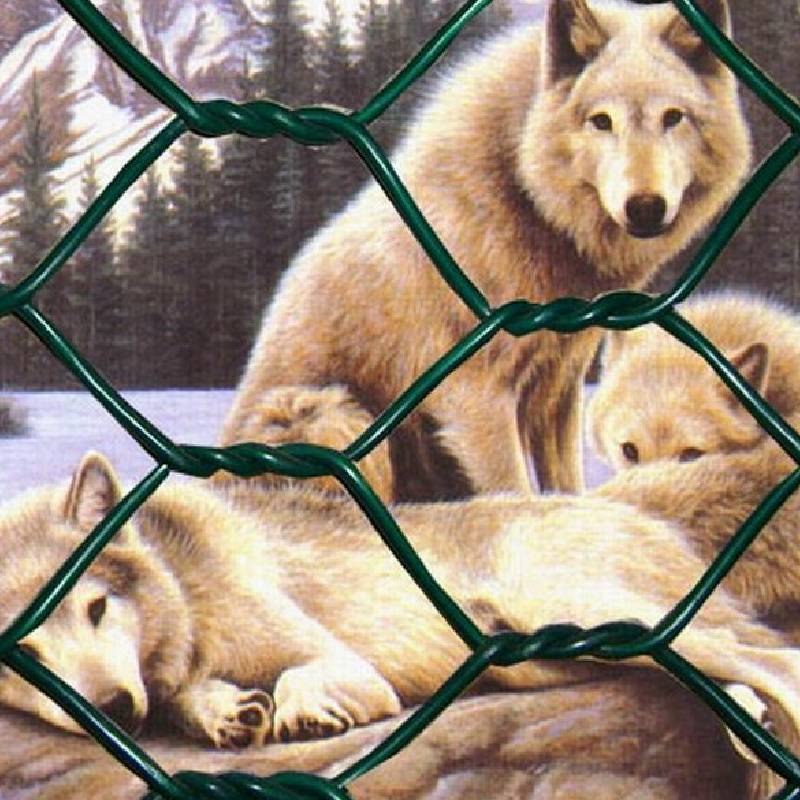
- Mobile Phone
- +8613931874955
- sales@cntcmetal.com
Exploring the Various Applications of Wire Mesh in Different Industries
What is Wire Mesh Used For?
Wire mesh, often referred to as wire cloth or welded wire fabric, is a versatile material made from strands of wire woven or welded together into a grid or mesh-like structure. This simple yet effective construction allows wire mesh to be utilized across numerous industries and applications, making it an essential component in modern manufacturing, construction, and even household usage. Here, we’ll explore the various applications of wire mesh and how it contributes to various sectors.
1. Construction and Building
One of the primary uses of wire mesh is in the construction industry. It acts as reinforcement for concrete and is commonly used in the creation of flooring, walls, and ceilings. By integrating wire mesh into concrete, builders enhance the material's tensile strength and reduce cracking, leading to longer-lasting structures. Moreover, wire mesh is used in formwork, fencing, and even security gates, making it a multipurpose tool in building projects.
2. Industrial Applications
In industrial settings, wire mesh serves a variety of functions. It is often used in filtration systems to separate particles from liquids or gases, making it invaluable in chemical processing, food production, and wastewater treatment. Furthermore, manufacturers employ wire mesh in sorting and screening materials, ensuring that products meet specific standards before they reach the market. This includes applications in mining, where wire mesh is used to separate minerals and aggregate materials.
Agriculture benefits from wire mesh in numerous ways. Farmers use it for fencing to keep livestock contained and protect crops from wildlife. Additionally, wire mesh serves as a support structure for climbing plants and vegetables, promoting healthy growth. In some instances, it is also used in building greenhouses, providing a sturdy framework that allows for proper air circulation while protecting plants from pests.
what is wire mesh used for

4. Rooftop and Garden Applications
Wire mesh can also be found in rooftop gardens and landscaping projects. It is utilized as a trellis for vines and climbing plants, helping to create visually appealing green spaces in urban environments. Additionally, landscape architects use wire mesh for erosion control on slopes by enabling vegetation to thrive while stabilizing the soil beneath.
5. Home Use
In residential settings, wire mesh is commonly used for various purposes. Homeowners might install wire mesh screens on windows and doors to keep insects out while allowing fresh air to flow through. It can also be used in crafts and DIY projects, such as creating decorative fences or plant holders. Moreover, wire mesh baskets and organizers can help declutter spaces, showcasing their practical side in everyday life.
6. Art and Aesthetics
Beyond its functional uses, wire mesh is also used in artistic endeavors. Artists and designers incorporate wire mesh into sculptures and installations, leveraging its unique structure to create visually striking pieces. Its lightweight yet robust nature allows for innovation in design while providing the necessary stability to hold forms.
Conclusion
Wire mesh is an essential material that finds application in nearly every industry. Its adaptability and strength make it a reliable choice for construction, industry, agriculture, home use, and even artistic expressions. As technology continues to advance, new applications for wire mesh are sure to emerge, further solidifying its status as a vital component in our world. Whether enhancing the durability of buildings, supporting agricultural endeavors, or facilitating artistic creations, wire mesh remains a testament to the ingenuity of simple materials with multifaceted uses.
share:
-
Why Sacrificial Formwork Is Redefining Underground ConstructionNewsJun.06,2025
-
The Structural Dynamics of Modern Concrete: How Snake Spacers Revolutionize Flexible ReinforcementNewsJun.06,2025
-
Snake Spacers Smart-Lock Concrete Reinforcement with Surgical PrecisionNewsJun.06,2025
-
Snake Spacers: Reinforcement Precision for Modern Concrete ProjectsNewsJun.06,2025
-
Snake Spacers Powering Concrete's Structural DNANewsJun.06,2025
-
Slither into Success: Snake Spacers' Precision Bite for Unbreakable ReinforcementNewsJun.06,2025
-
Sacrificial Formwork: Building Stronger, Faster, and Safer StructuresNewsJun.06,2025



















